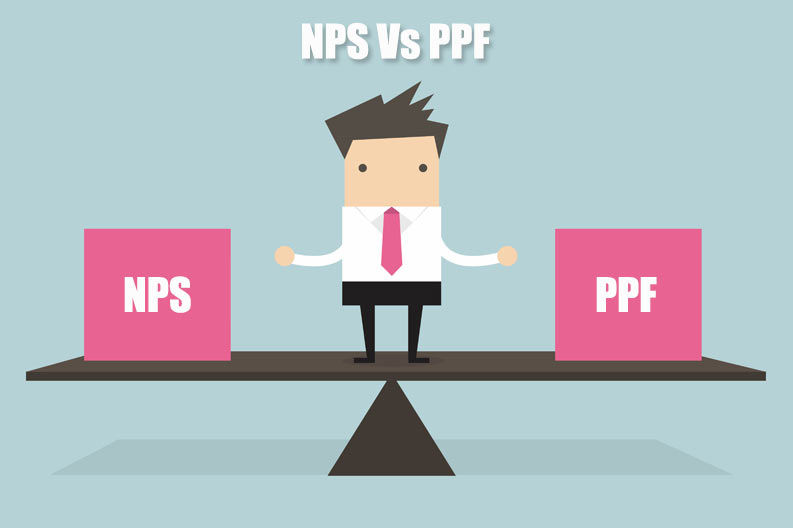Have you filed your Income for AY(2018-2019) - Tax Yet?
- Sanyam Jain & Prashant Agarwal
- Jul 15, 2018
- 3 min read
Part 2 of 2 part series

Note: It’s part of 2 article series, you can read the 1st part over here: https://goo.gl/zbUhpV
While in the 1st part we talked about the need of filing the income tax, in this article we would go further to clarify few of the myths associated with Income tax filing and what all do you require to file the taxes.
As we talked in the previous article, about why it’s important for everyone to file their taxes irrespective of their salary band. There is a another big misconception related to ‘ I have paid the TDS, then I am not required to file returns’.
When TDS is paid:
Irrespective of whether your employer has deducted tax at source(TDS) on your salary or you have paid tax on your own, you should file your returns.

TDS or Tax Deducted Source simply means Tax is collected on Income when this Income is paid or credited to you. The person making the payment is required to make these deductions and deposit TDS with the government. TDS on salary is deducted by your employer basis the slab rate applicable to you.
For other types of Income or payments made – like interest payments by banks on savings account, interest payment by banks on fixed deposits, insurance commission, rent payments received by you etc– TDS rates are between 10% or 20%. These deductions are made by the person who pays you this money and has no knowledge of your tax bracket which is dependent on your Total Income.
However Tax on your Income has to be paid at the rates applicable to you based on your Total Income from all sources. TDS is deducted without considering your final tax liability.
Therefore, for finding out one’s accurate tax liability – income from all sources – like Salary, Income from House Property, Income from other sources (interest payments from banks, all residual income not under any other head), Capital Gains, and Business & Profession is totalled and slab rates are applied. From your final tax liability – reduce TDS which has already been deducted on your Income – balance shall be your net payable (or receivable) to the Income Tax Department.
Therefore, when your total income is added up – tax may still be payable by you or may be applicable for a tax refund , though TDS has been already deducted.
The 5 steps of filing the income tax:
Organize Documents: Before even starting to file your income tax, every person should try to gather all the documents required to file the Income tax. Moreover, they should also try to create a ‘Tax Working sheet’ to understand their income, amount of tax applicable and whether they are required to pay excess taxes or are applicable for a refund.
Create your e-filing account: This is mostly applicable for the people who are filing taxes for the 1st time, for others they need to login and see the details are rightly entered in their account.
Select the ITR form: This is quite an important step as an error in this can lead to cancellation of your tax filing. Moreover, the Income tax department sometimes changes the form number therefore people who have been filing returns since long should also be careful.
Few changes:
ITR-1 is not applicable to non residents and not ordinary citizens.
ITR-2 is not applicable for individuals or HUF(Hindu Undivided family)
ITR-3 - This is the form you need to file if you have profits or gains from any business or profession.
ITR-4: If you are a professional or businessman and filing taxes under the presumptive taxation scheme, you need ITR-4
All the other forms are not applicable for individuals.
Fill in the details: If you have done the above three steps correctly, then you should not face any hassles at this step, though it’s always advised to check it twice before submitting your form.
Upload, E-Verify Return: The last step is to re-check the details and generate an XML file. Once you have uploaded the document, you need to e-verify the form. There is a window of 120 days from the date of uploading the return till which you can e-verify your return or send a signed copy of ITR-V to the tax department’s office in Bangalore.
Note: if you sending ITR-V physically, make sure you send it through the ordinary post or speed post and not by any private courier service.
Disclaimer: A lot of content for this article has been taken from ClearTax.in. We are in no way associated with them.There might be several other options which you are free to explore.
You can also drop us a mail or call us if you need help in filing your taxes.







Comentarios